
Flotation technology is widely used in the separation process of fluorite ore. In order to improve the flotation efficiency of minerals, different types of flotation reagents need to be added during the flotation process, such as collectors, inhibitors and pH adjusters. These agents can change the physical and chemical properties of mineral surfaces, so that target minerals can be better separated from gangue minerals, while also saving energy and resources, thereby reducing production costs. There are many types of flotation reagents that need to be selected according to the characteristics of the ore and the mineral processing process. The following will introduce you to several flotation reagents commonly used in the fluorite ore flotation process.
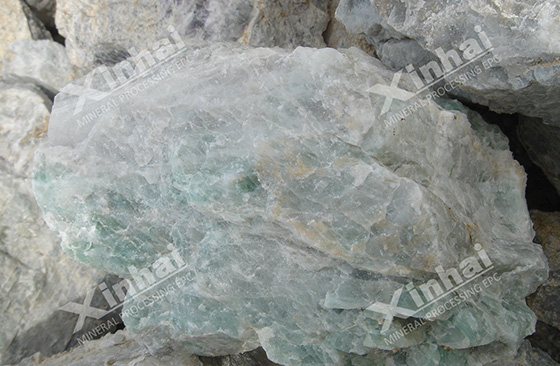
The types of collectors commonly used in fluorite ore flotation can be divided into five types, namely anionic collectors, cationic collectors, amphoteric collectors and microbial collectors.
1.Anion collector
Fatty acid agents in anionic collectors are widely used in the fluorite flotation process, but they have shortcomings such as poor low-temperature water solubility. Commonly used agents include oleic acid, oxidized paraffin soap, alkyl sulfonates, alkyl sulfates and phosphoric acid collectors.
① Oleic acid: The most commonly used anion collector in fluorite flotation is fatty acid and its derivatives, the representative of which is oleic acid. These agents are widely used in mineral processing plants because of their low raw material prices, easy acquisition, and strong collection capabilities. It should be noted that these collectors have low solubility and poor water solubility, and their flotation activity in low-temperature slurries is reduced, resulting in poor flotation effect.
② Oxidized paraffin soap: mainly refers to 731 and 733. The collection ability of these two agents is weaker than that of oleic acid, but their selectivity is better than that of oleic acid.
③Alkyl sulfonates and alkyl sulfates: mainly refer to sodium dodecyl sulfate and sodium tetradecyl sulfate. These agents are mainly electrostatically adsorbed on the surface of fluorite, and as the carbon chain lengthens, The harvesting ability will also be enhanced. Sodium cetyl sulfonate can replace oleic acid in flotation of calcite and quartz-type fluorite ore, and can be flotated at lower temperatures. It should be noted that this type of collector is easily interfered by impurity ions, and the pH value of the flotation slurry needs to be reduced to 2.5, which leads to the widespread use of this type of agent in actual production.
④ Phosphoric acid collectors: These collectors mainly refer to organic phosphonic acid and arsenic acid, both of which are chelating collectors with strong collection capabilities. However, these agents are expensive, which leads to higher production costs and limits their use in actual production.
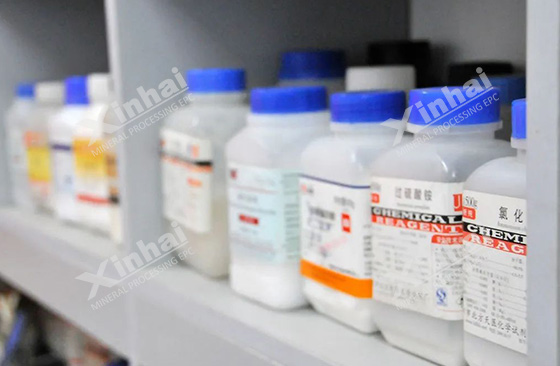
2.Cation collector
Representative cationic collectors are fatty amine collectors, and these agents are suitable for reverse flotation. Compared with other types of collectors, the reaction time between fatty amines and minerals is shorter and the flotation index is better. Fatty amine collectors with more than 12 carbon atoms are difficult to dissolve in water. It is also difficult to dissolve when adding acids such as hydrochloric acid and sulfuric acid, and cannot play a collection role.
Inhibitors for fluorite flotation can be roughly divided into three categories, namely inorganic inhibitors, organic inhibitors and combined inhibitors. Water glass and its modified products, sodium hexametaphosphate and aluminum sulfate are commonly used inorganic inhibitors in fluorite flotation. Organic inhibitors include tannins, starches, dextrins, lignosulfonates, etc. With the recycling of complex and difficult-to-separate fluorite ores, a single agent cannot achieve the desired effect.
(1) Inorganic inhibitors
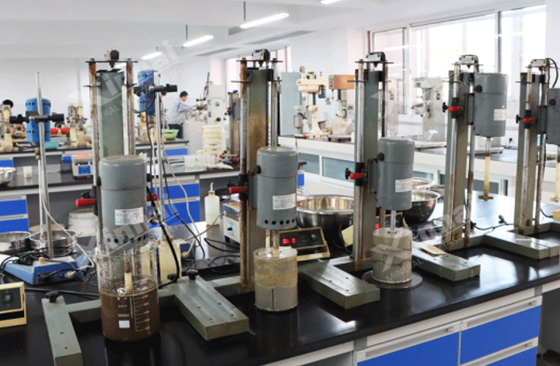
①Water glass
Water glass is the most commonly used inorganic inhibitor. It has a good inhibitory effect on gangue minerals such as quartz and silicate, and can also be used as a dispersant for mineral mud. However, when the gangue mineral surface is contaminated and activated by metal ions such as Ca2+ and Mg2+, ordinary water glass loses its selective inhibitory effect. Acidified water glass has a very selective inhibitory effect on calcite and quartz, the main gangues in fluorite ore. Modification of water glass can also improve its selective inhibitory effect.
②Sodium hexametaphosphate
Sodium hexametaphosphate has a good selective inhibitory effect on calcite and barite. In the sodium oleate flotation system, inorganic inhibitors such as water glass, sodium fluorosilicate and sodium hexametaphosphate have obvious inhibitory effects on barite. The order of the inhibitory effects is sodium hexametaphosphate > sodium fluorosilicate > water glass .
③Aluminum sulfate
Aluminum sulfate is a strong inhibitor of barite, but has no obvious effect on fluorite. In a weakly acidic environment, a flotation separation test was conducted on fluorite and barite using aluminum sulfate as an inhibitor and naphthenic acid as a collector, and a good flotation effect was obtained.
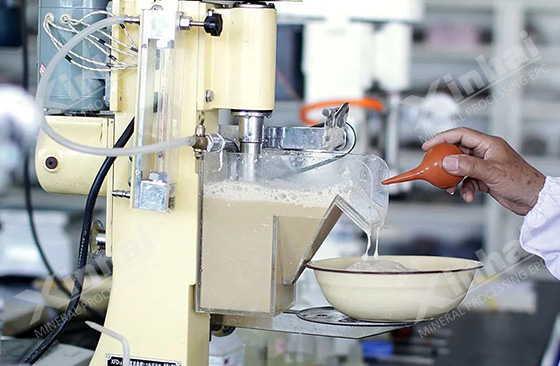
(2) Organic inhibitors
Commonly used organic inhibitors in actual production and experimental research include starch, dextrin, lignosulfonate, gallic acid, sodium humate, etc.
① Starch: a macromolecular organic substance with the advantages of wide sources and low cost. Starch has a good inhibitory effect, and it is commonly used to inhibit calcite in fluorite flotation.
②Tannin: It is a macromolecular amorphous substance extracted from the roots and fruit husks of some plants. It has a significant inhibitory effect on minerals such as calcite and quartz.
③Sodium humate: It is a highly oxidized lignin. The carboxyl group in the sodium humate molecule can form chelates with various metal ions, which act on the surface of fluorite and calcite, thereby reducing the solubility of the minerals and effectively flotating and separating the fluorite-calcite-quartz system.
(3) Combination inhibitors
When dealing with some complex fluorite ore, it is necessary to use a combination of inhibitors to inhibit the gangue minerals, and the flotation effect is better than that of a single inhibitor.
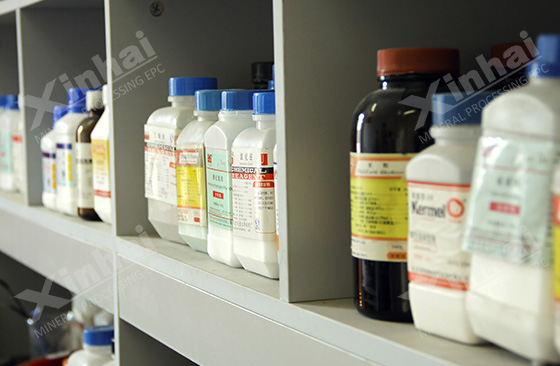
The combined inhibitor of aluminum sulfate and potassium dichromate can effectively inhibit calcite because aluminum sulfate can reduce the collection capacity of oleic acid collectors, while potassium dichromate can properly activate fluorite. The two complement each other to achieve fluorite. Effective separation of stones.
The agent prepared by mixing water glass and aluminum sulfate is also a commonly used inhibitor in fluorite flotation. During flotation, the two agents are usually added at the same time, but they are not mixed with each other before addition.
For different ores and production conditions, the types and dosages of chemicals used will also be different. Therefore, in actual production, sufficient tests and condition tests are needed to determine the optimal type and dosage of chemicals. At the same time, we should also pay attention to environmental protection and use chemicals rationally to avoid adverse effects on the environment.
To find out more about our products and solutions, please fill out the form below and one of our experts will get back to you shortly.